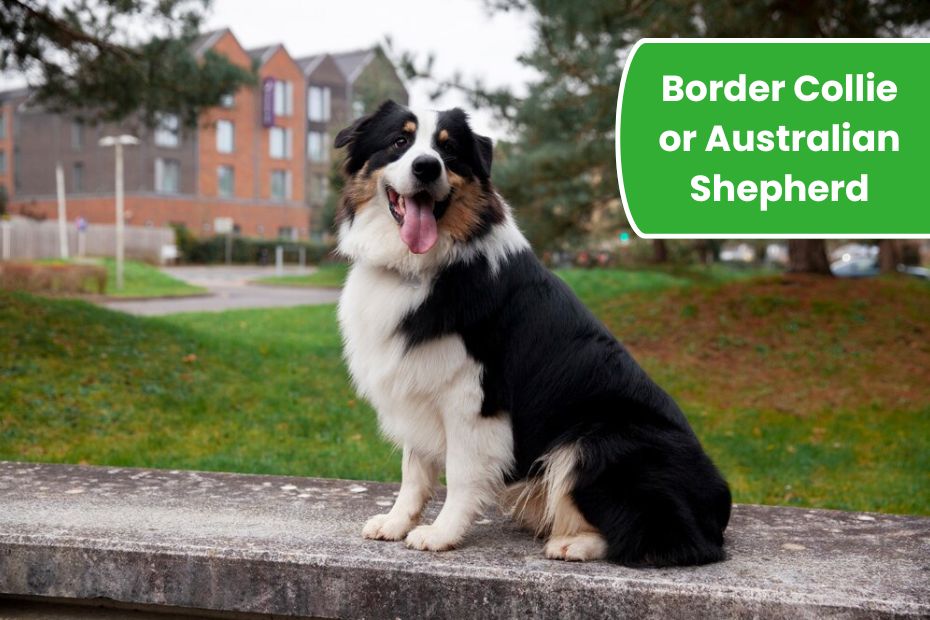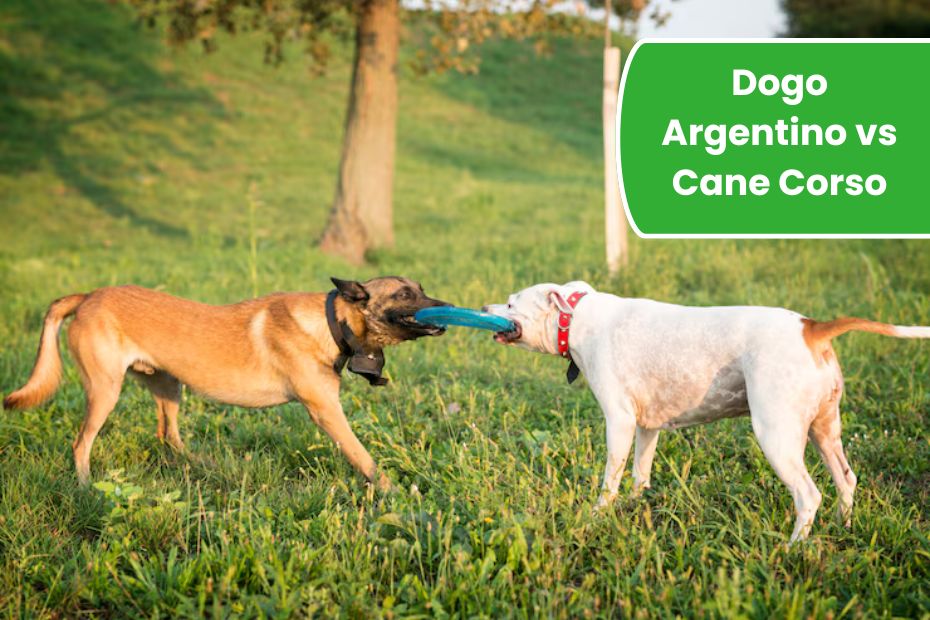Pit Bulls are renowned for their muscular build and athletic physique. Their strength comes from specific muscle groups that support powerful movement, agility, and endurance. Understanding these muscles can help owners ensure proper training, nutrition, and care for optimal muscle health.
Masseter Muscle
The masseter muscle is crucial for jaw strength, enabling Pit Bulls to exert significant bite force. It supports chewing and gripping actions, providing the dog with the ability to hold objects firmly. Regular exercise like tug-of-war strengthens this muscle and enhances the dog’s overall facial muscle tone.
Trapezius Muscle
The trapezius muscle stretches from the neck to the upper back, supporting the movement of the head and shoulders. It plays a key role in controlling the neck’s lateral movements and stabilizing the shoulder blades. This muscle helps Pit Bulls maintain proper posture and coordination during vigorous activities.
Latissimus Dorsi
This broad, flat muscle extends along the sides of the back, aiding in the dog’s flexibility and pulling movements. The latissimus dorsi is essential for powerful forward strides and helps in swimming and climbing activities. Keeping this muscle strong ensures Pit Bulls can move efficiently and with balance.
Pectoral Muscles
Located in the chest area, the pectoral muscles give Pit Bulls their broad, muscular chest. These muscles assist in pushing and pulling movements, offering strength for actions like digging, wrestling, or tugging. Exercises that involve chest pulling can enhance the size and strength of these muscles.
Triceps Brachii
The triceps brachii muscle runs along the back of the upper front legs and contributes significantly to forelimb extension. This muscle supports activities that require pushing off the ground, such as jumping and sprinting. Regular sprinting exercises can boost triceps development and strength.
Biceps Femoris
Situated on the back part of the hind legs, the biceps femoris is part of the hamstring group. It plays a vital role in hip extension and hind limb propulsion, assisting in running, leaping, and quick turns. Stretching and agility drills help maintain this muscle’s flexibility and power.
Gluteal Muscles
The gluteal muscles, located in the rear end, contribute to hip extension and hind leg strength. These muscles are vital for stability and powerful strides, supporting the dog’s jumping ability and endurance during running. Squat-like exercises can promote gluteal muscle growth and stability.
Quadriceps Femoris
The quadriceps femoris is located in the front part of the hind legs and supports knee extension. This muscle is essential for balance and powerful push-offs during jumps and sprints. Activities like uphill running and weighted pulling enhance the strength and conditioning of the quadriceps femoris.
Abdominal Muscles
Abdominal muscles provide core strength and support the dog’s posture and overall body coordination. A strong core assists Pit Bulls in maintaining balance, agility, and body control during dynamic movements. Core-focused exercises, like crawling or balance training, can enhance abdominal muscle tone and function.
Deltoid Muscles
Located in the shoulders, the deltoid muscles assist in lifting and rotating the front legs. This muscle is critical for maintaining stability when running, climbing, or changing direction rapidly. Strengthening the deltoids can be achieved through controlled resistance exercises like harness pulling or stair climbing.
Key Pit Bull Muscle Functions
| Muscle | Location | Primary Function |
|---|---|---|
| Masseter | Jaw | Biting, chewing |
| Trapezius | Neck to upper back | Neck movement, posture |
| Latissimus Dorsi | Back sides | Flexibility, pulling, stride |
| Pectoral Muscles | Chest | Pushing, chest width |
| Triceps Brachii | Upper front leg back | Forelimb extension |
| Biceps Femoris | Rear thigh | Hind leg propulsion, speed |
| Gluteal Muscles | Rear | Hip extension, stability |
| Quadriceps Femoris | Front hind legs | Knee extension, push-off power |
| Abdominal Muscles | Core/abdomen | Balance, body coordination |
| Deltoid Muscles | Shoulders | Limb lifting, direction changes |
FAQ’s
Why are Pit Bulls so muscular?
Pit Bulls are genetically predisposed to have a muscular build due to their ancestry, which includes breeds bred for strength, agility, and endurance.
Can Pit Bull muscle growth be enhanced safely?
Yes, through balanced nutrition, regular exercise, and targeted muscle-building activities like swimming, pulling, and agility training.
Which muscle is responsible for a Pit Bull’s bite force?
The masseter muscle is key for jaw strength and contributes significantly to the dog’s powerful bite force.


